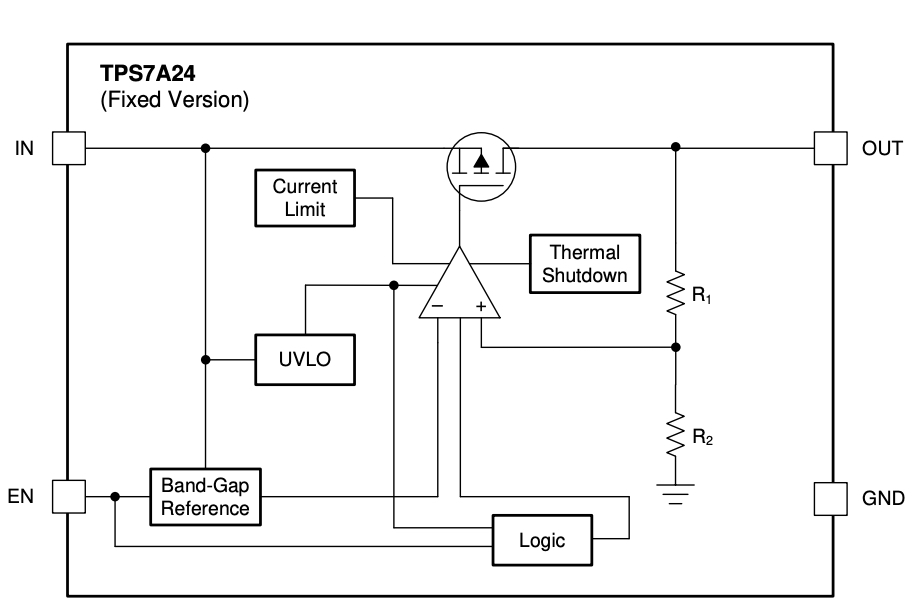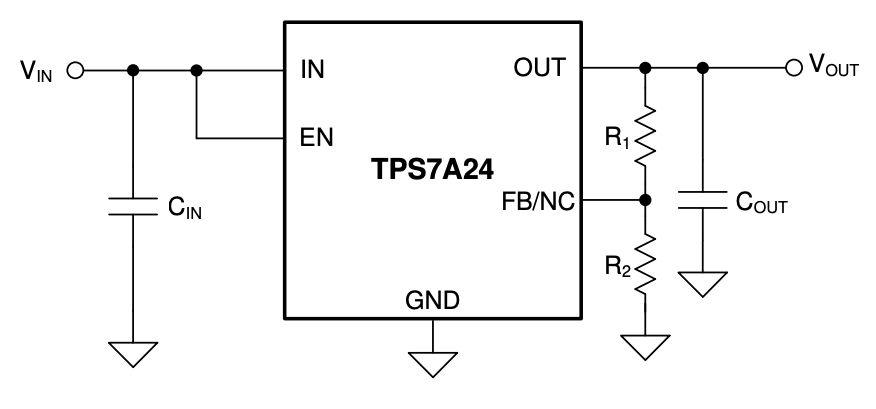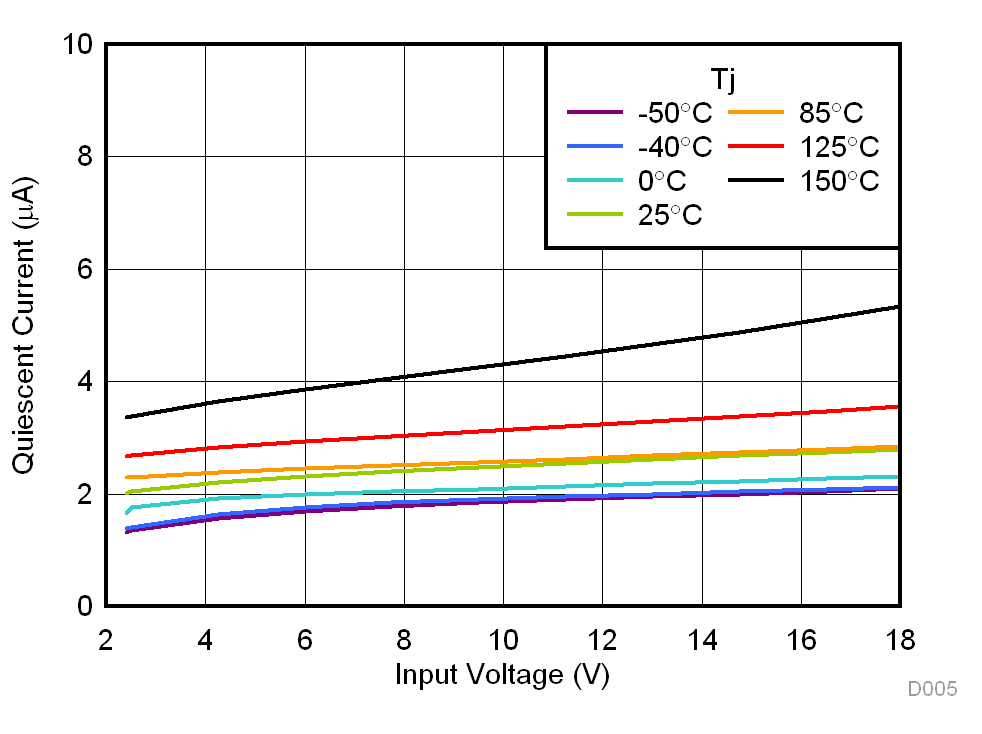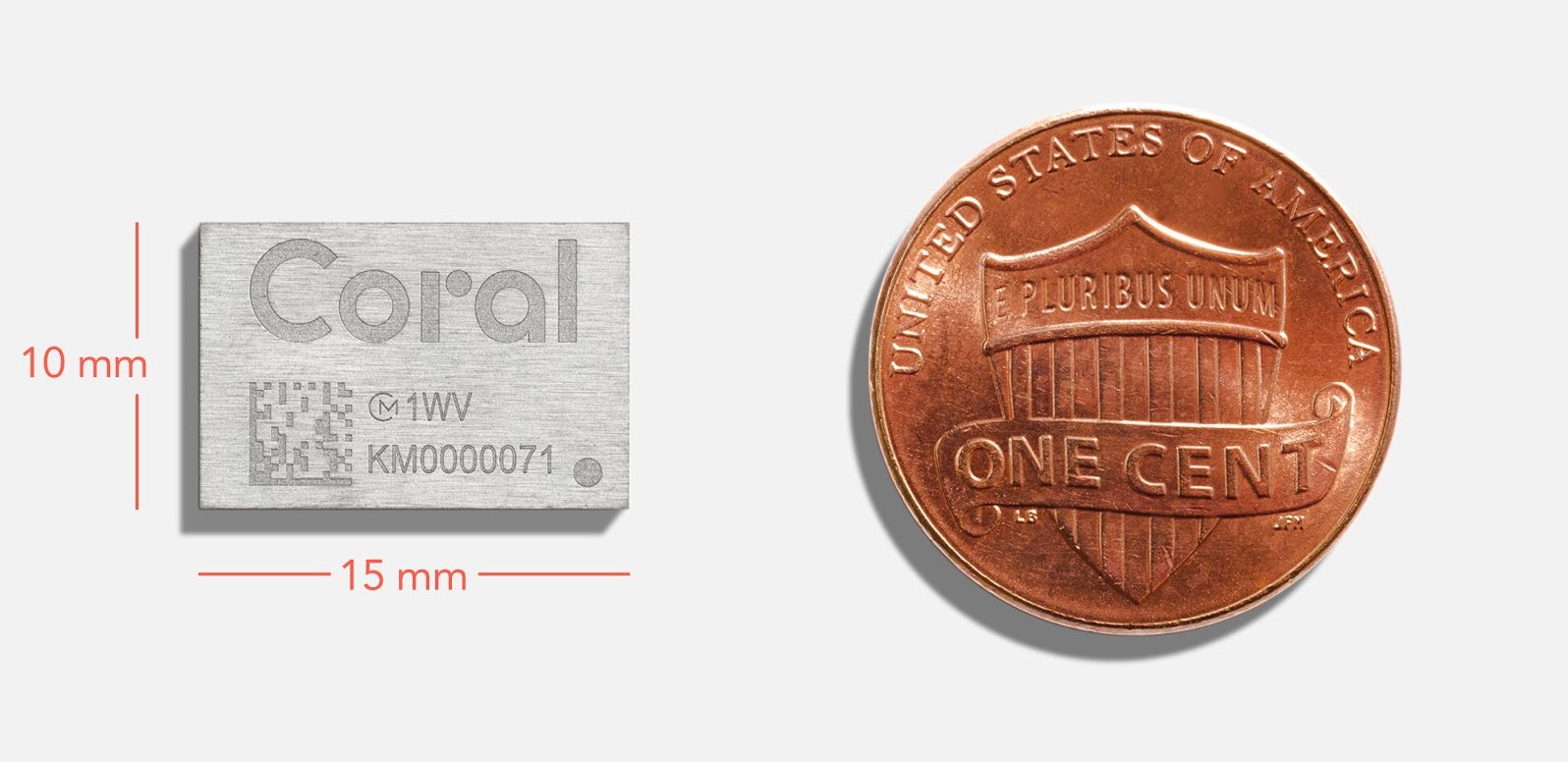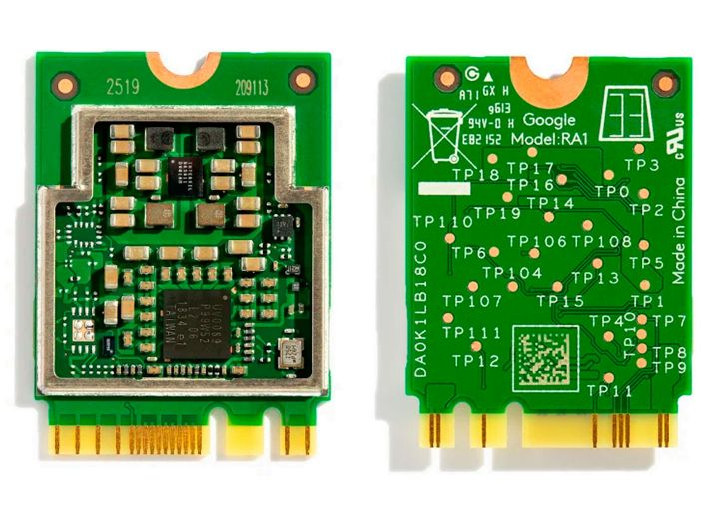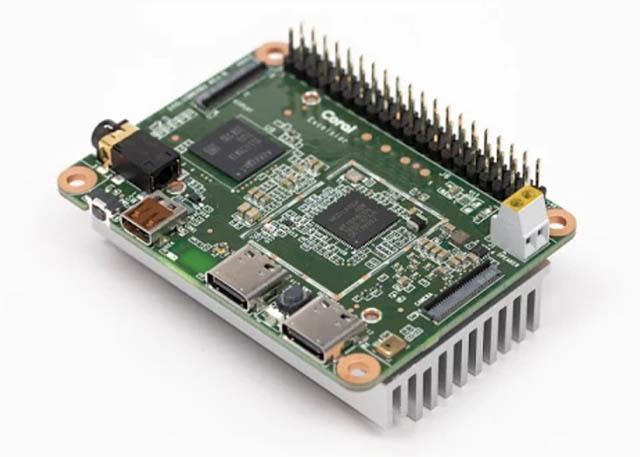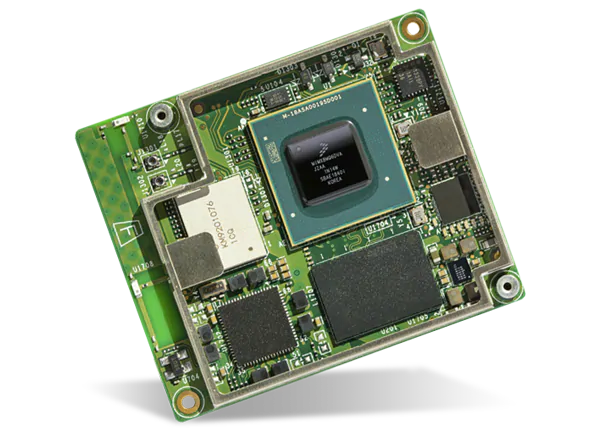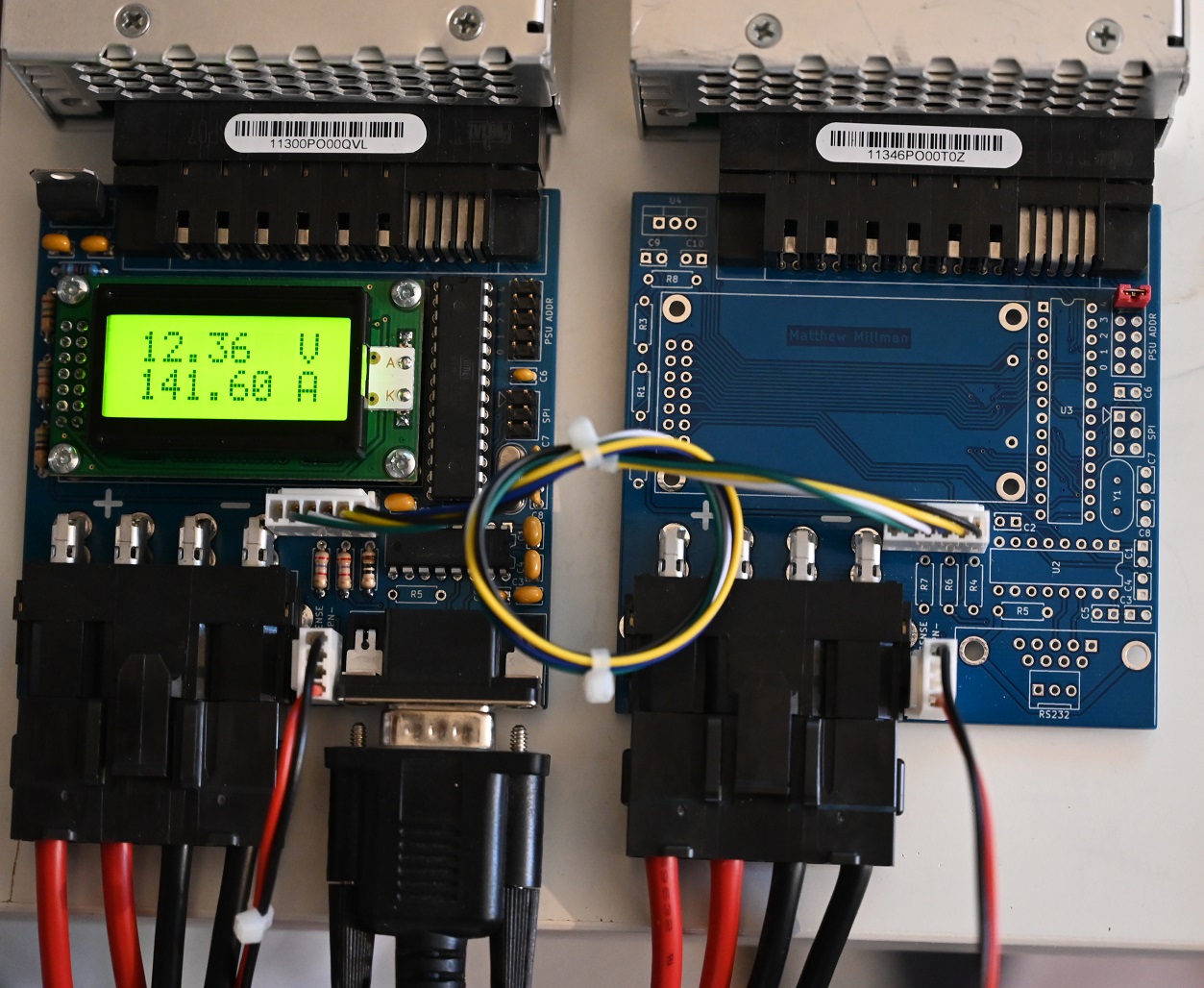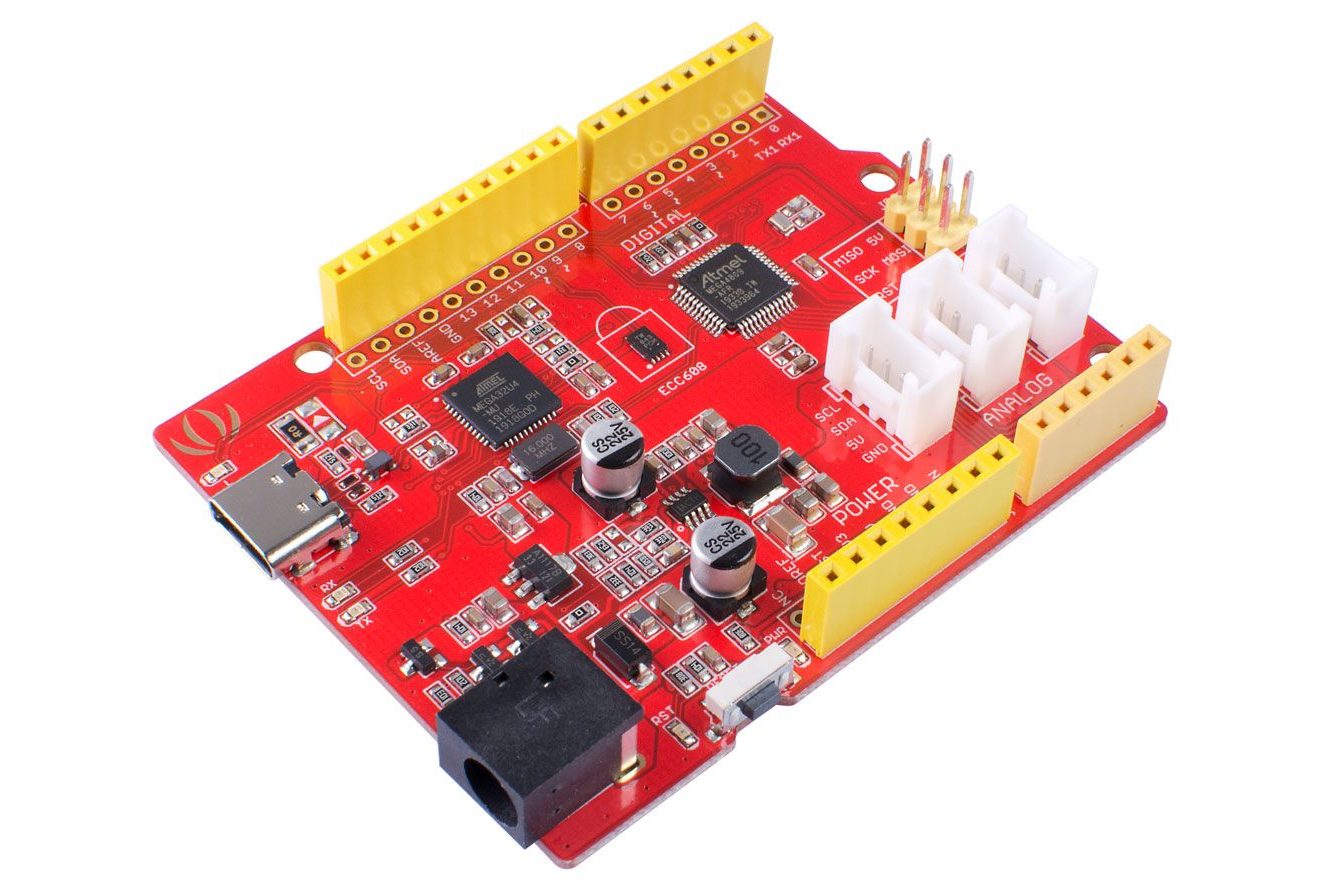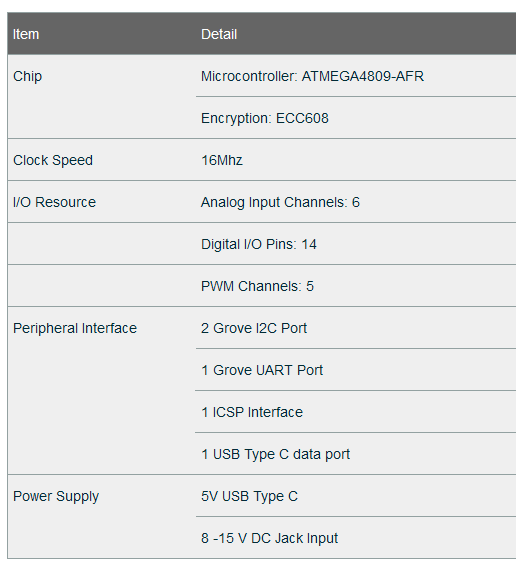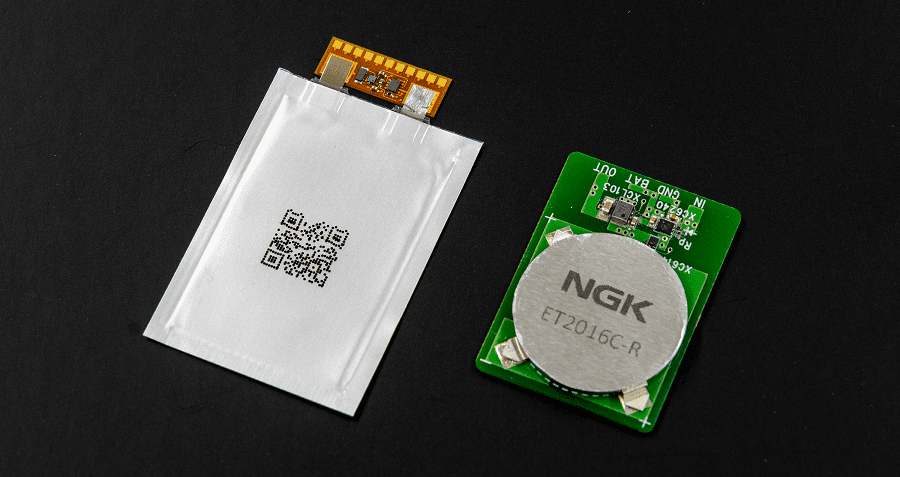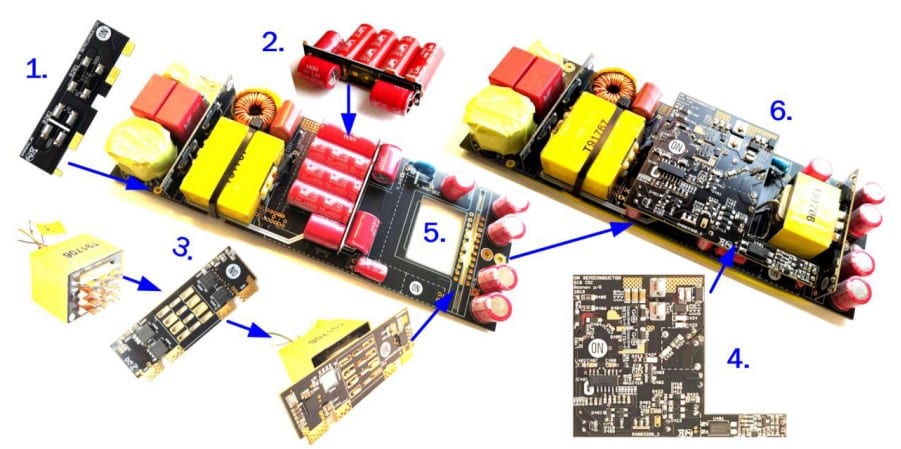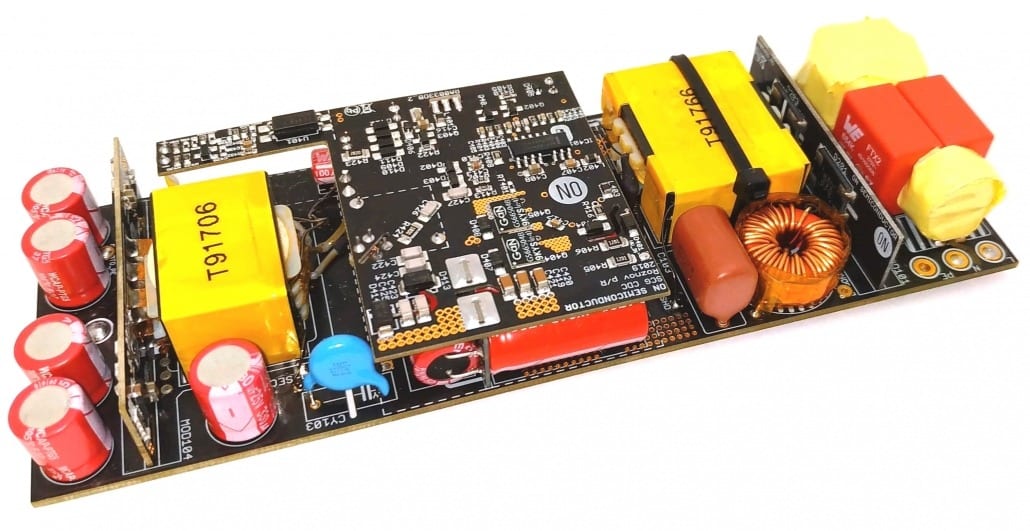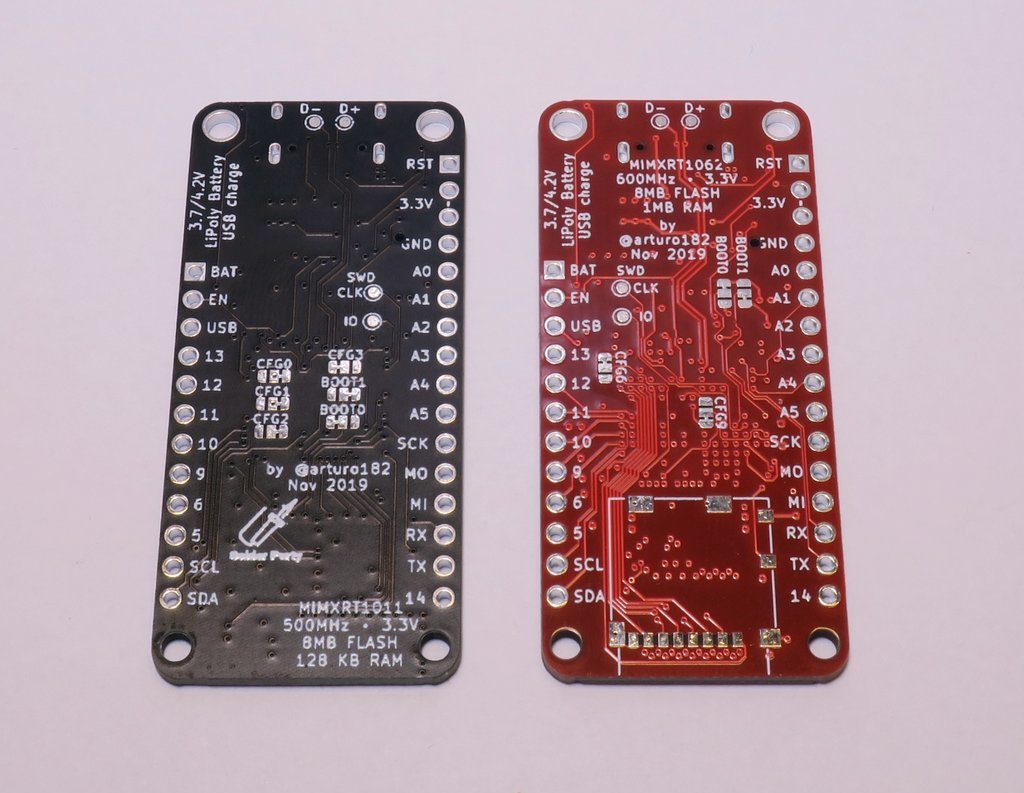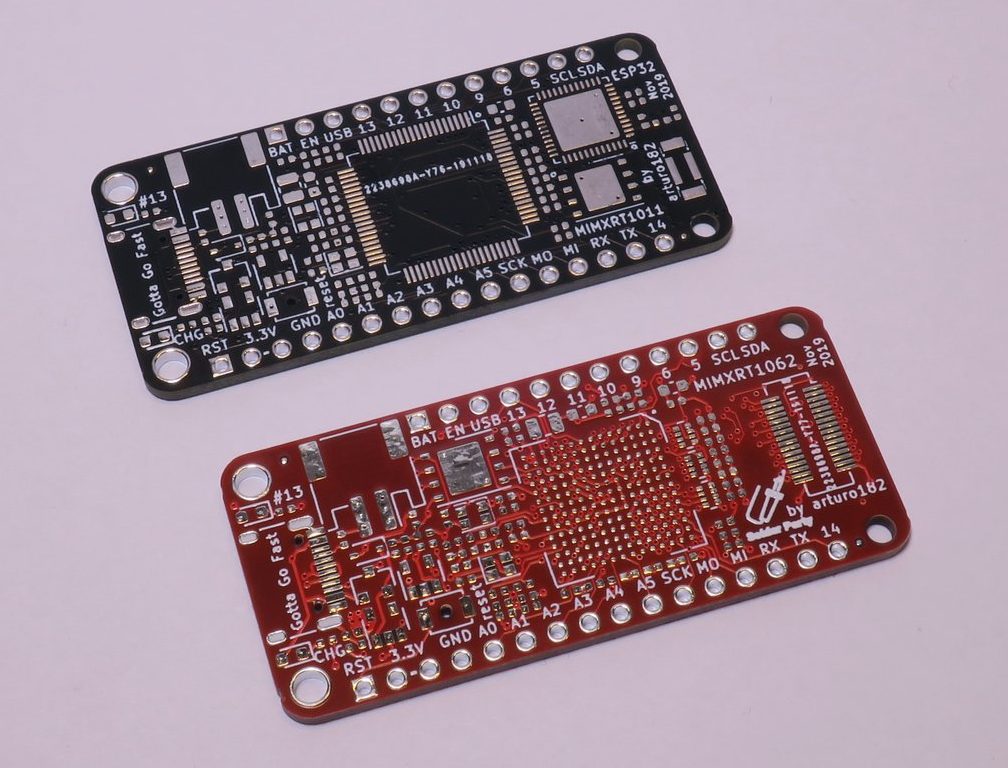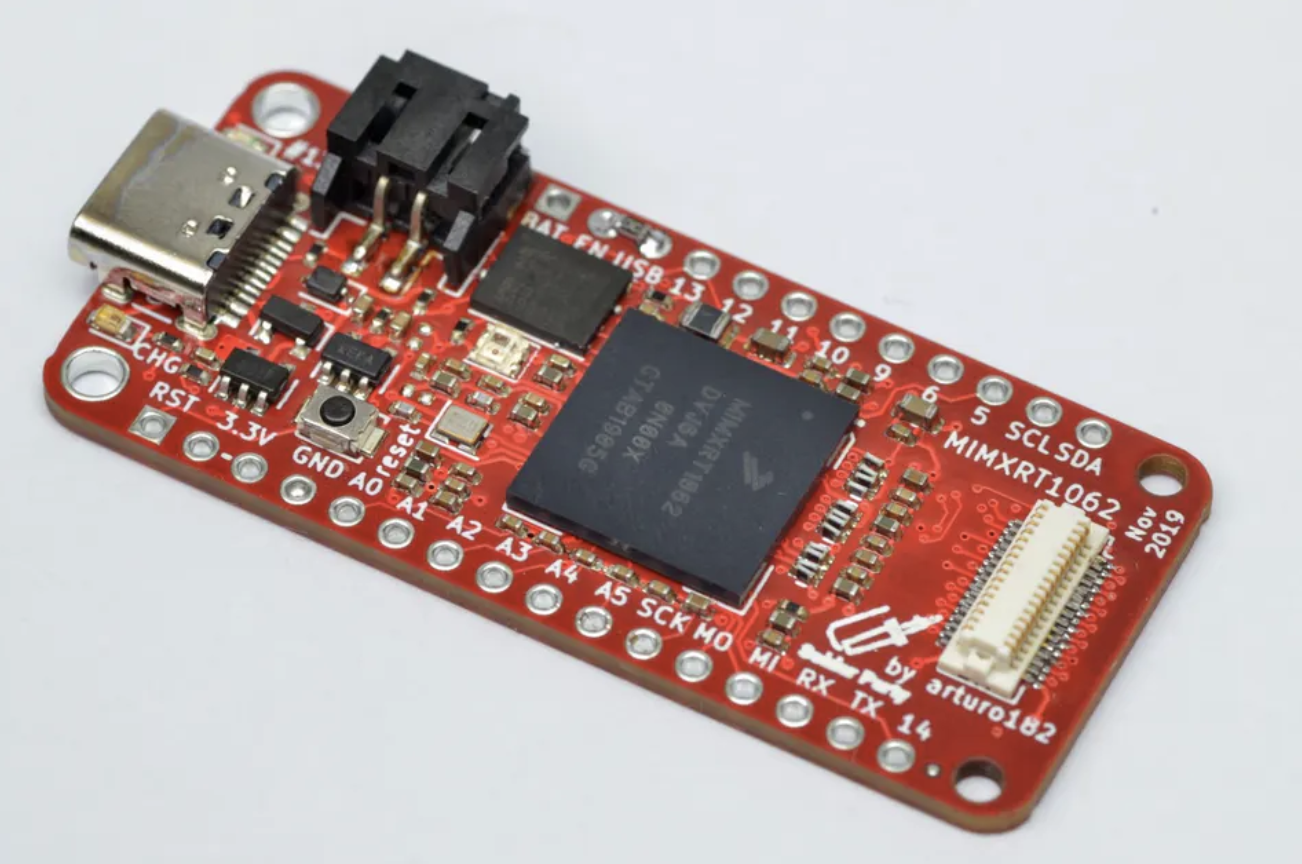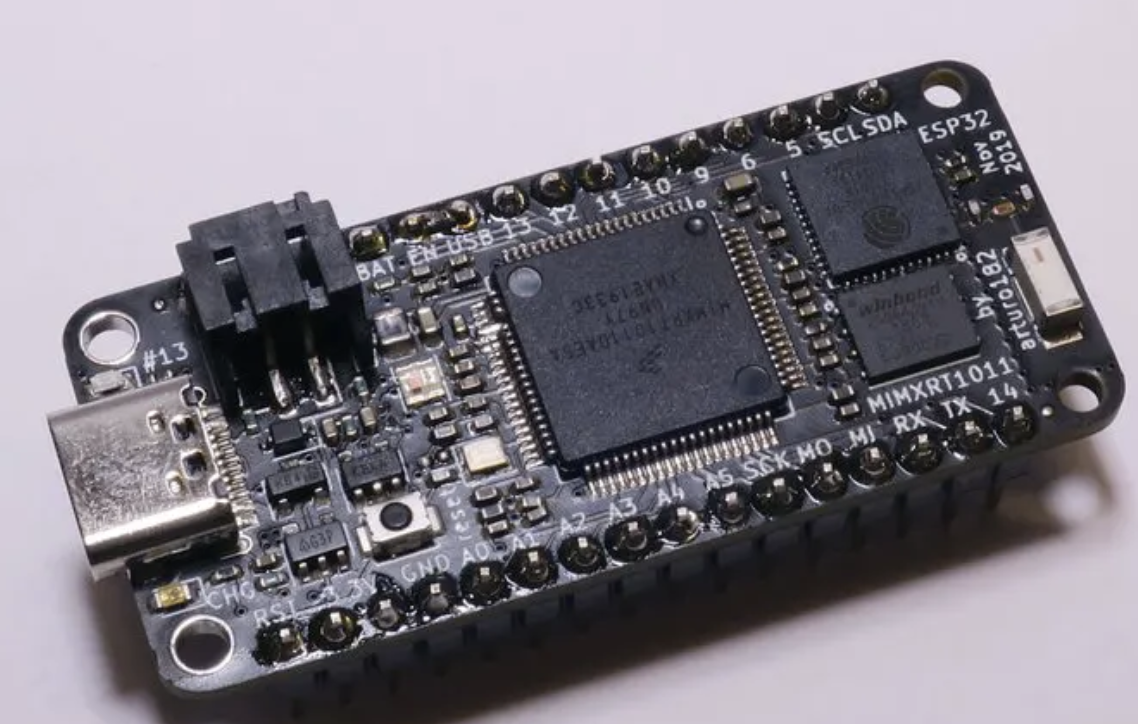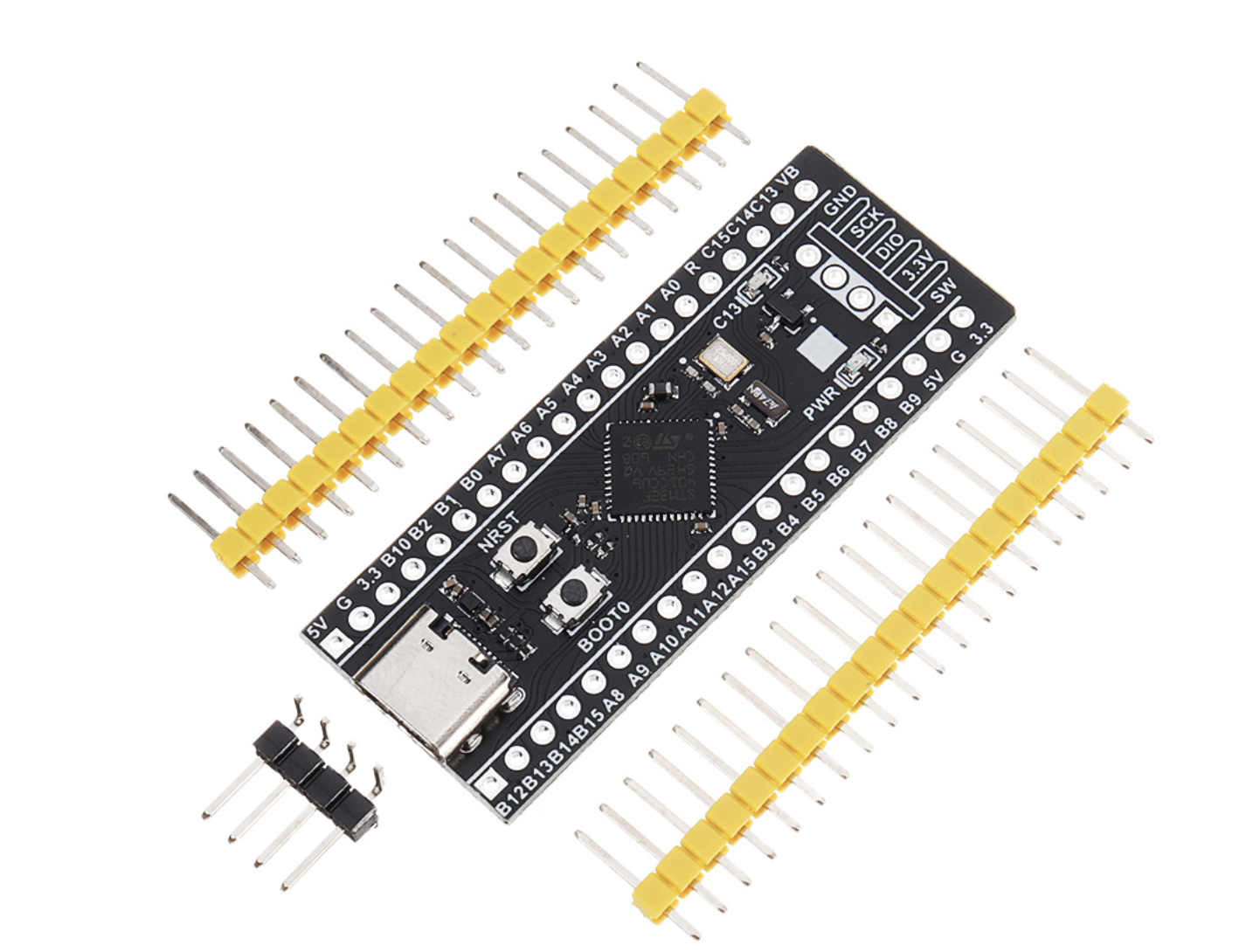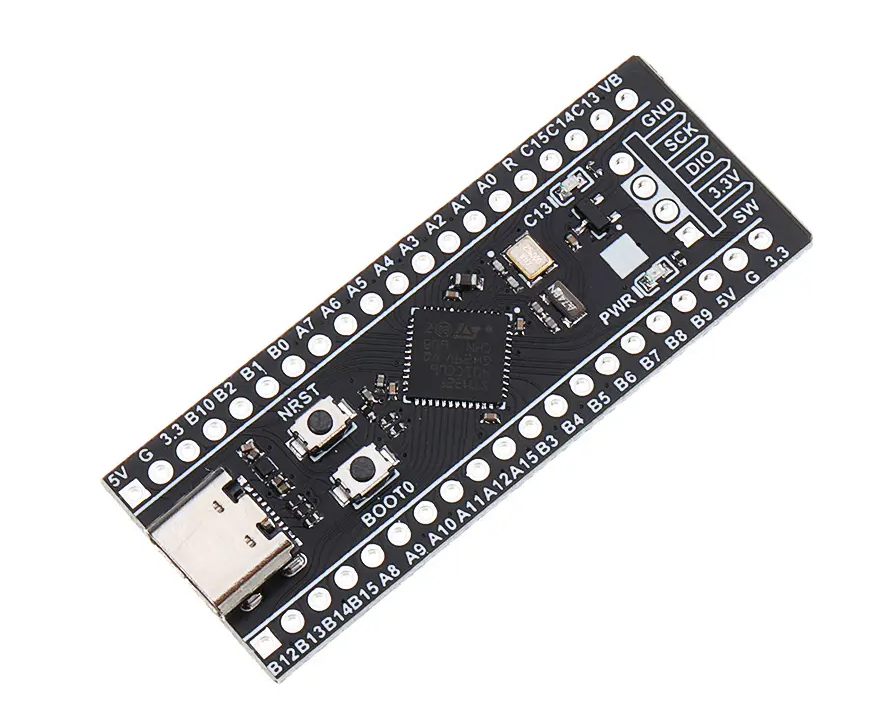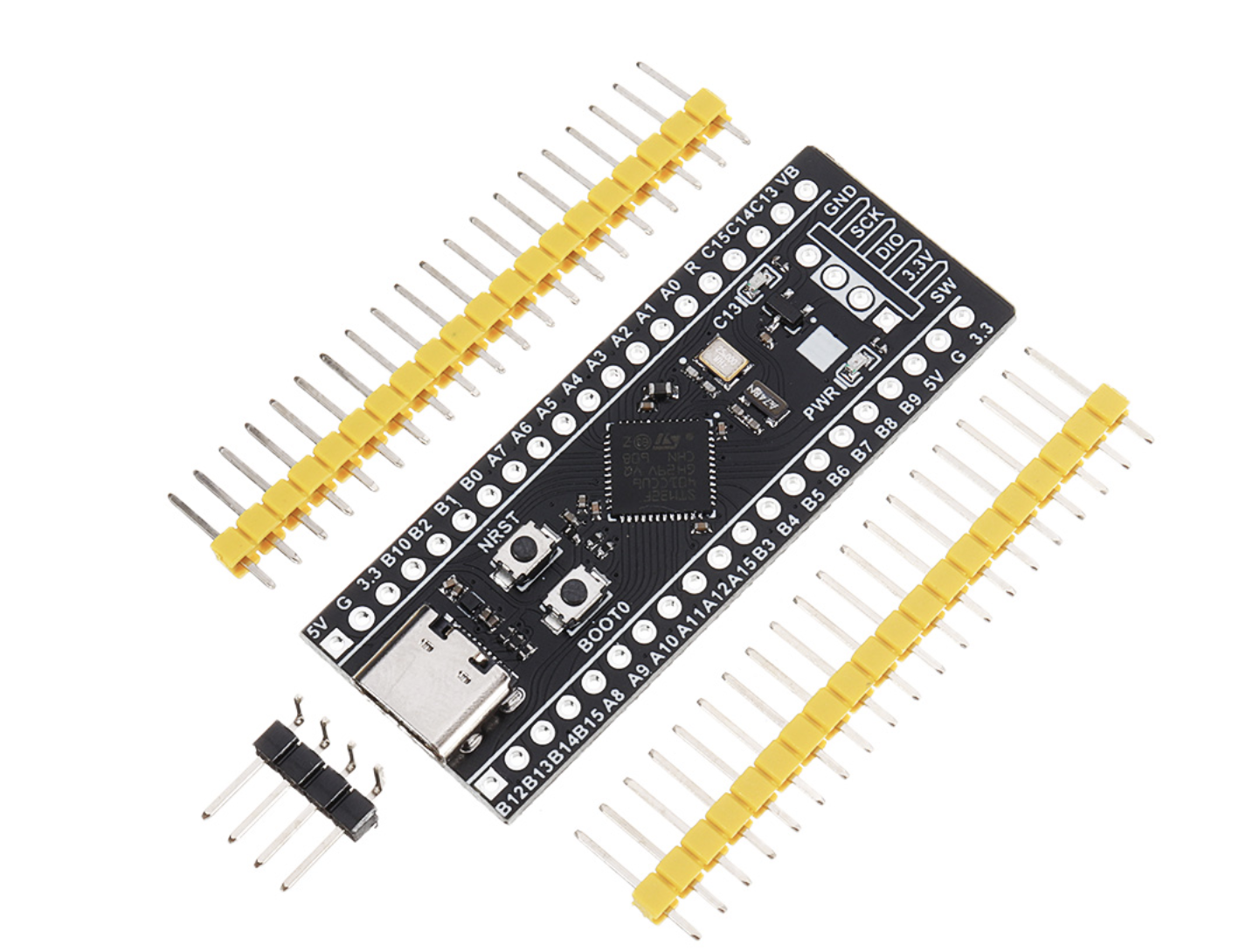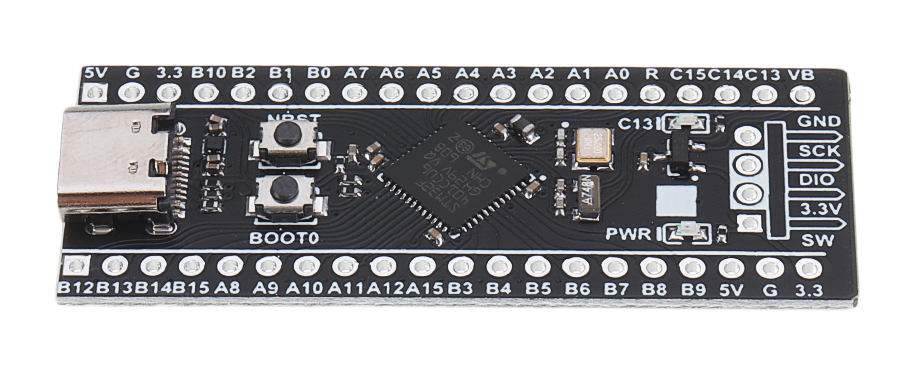A few months back, the specification for the USB 4.0 was released by the USB implementers forum with a promise of 2x the speed of USB3.2; 40GB/s and while there currently no devices in the market based on it, its features are definitely things device manufacturers will be leveraging on in a few months to increase their competitive advantage. This is why USB Solutions Provider, MCCI, recently announced the launch of their USB4 Switch which is targetted at helping developers and electronics companies fast track the development of their USB4-based devices.
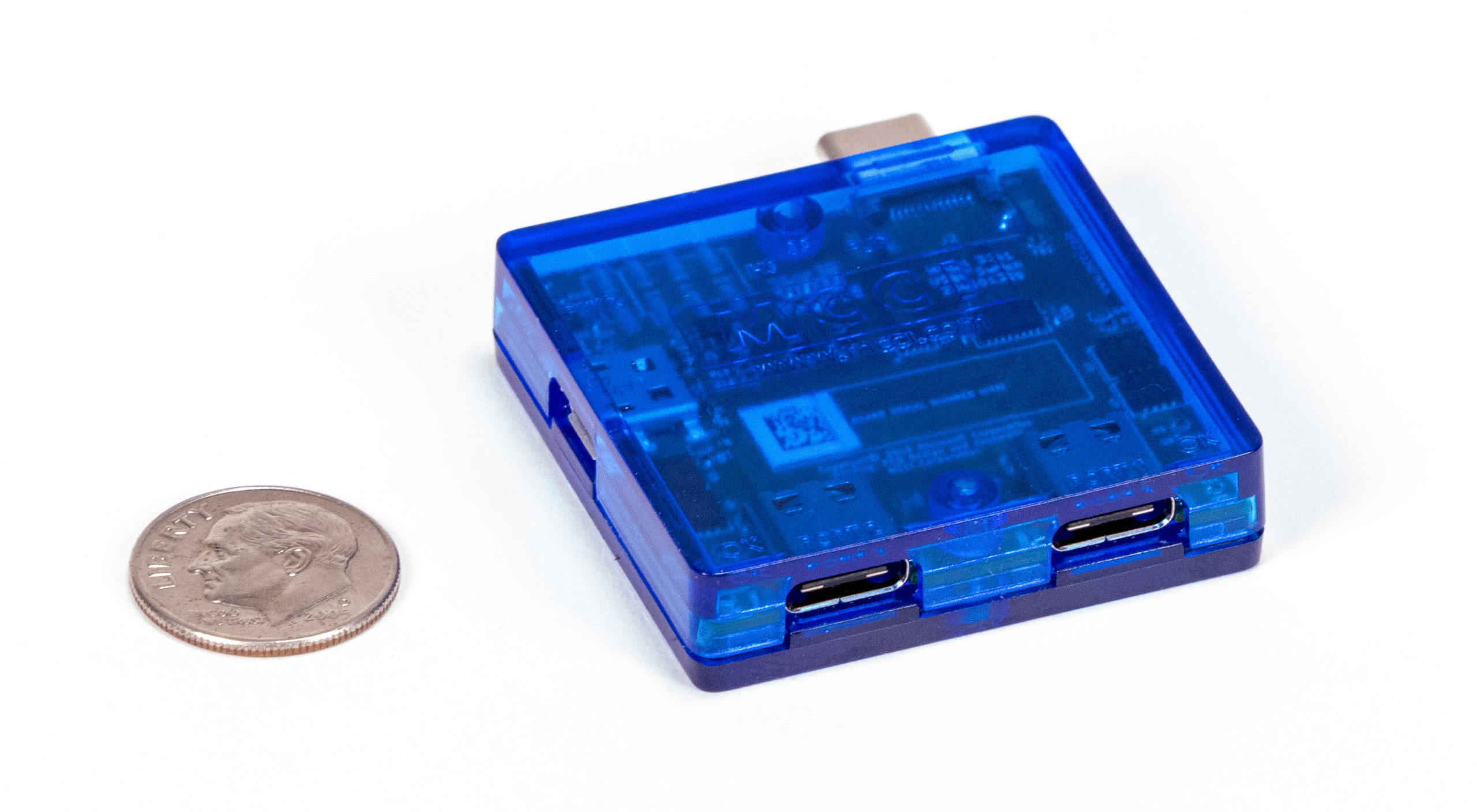
According to MCCI’s product page, the new switch which is called the “3141 USB4™ Switch“, is a computer-controlled programmable 2:1 switch, connecting two USB Type-C™ receptacles to a single Type-C plug. It is compatible with USB4 hosts and devices, as well as older protocols such as Thunderbolt™ 3, USB 3.2, USB 2.0, USB Type-C Alternate Modes, and of course Power Delivery.
The Model 3141 USB4 Switch automates connect/disconnect of one or two devices to a USB Type-C port. It can be used in stress testing, switching between peripherals (for example, a dock and a display), or any automated reconfiguration of a USB Type-C port. It is compatible with the MCCI Model 3101 / Microsoft Type-C ConnEx Connection Exerciser tools and scripts and integrates with the tools in the Windows Hardware Lab Kit(HLK) to support participation in the Windows Hardware Compatibility Program.
Beyond formal compatibility testing of your final products, the Model 3141 has value throughout your product development cycle. In our experience, long-run randomized switching on a USB Type-C port is highly effective in exposing bugs in the hardware-firmware-software stack on both hosts and devices. Developers can use it with a simple UI on the control computer to connect/reconnect a device under test without physically manipulating cables, reducing wear on fragile prototypes. Continuous integration systems can use it to reproducibly test key scenarios of devices under test with a variety of test setups.

Some of the features of the switch include:
- Supports USB4, Thunderbolt 3, USB 3.2 gen2 (x2 and x1), gen 1 (x2 and x1), USB 2.0 high speed, full speed, and low speed, USB Power Delivery, VCONN-powered devices (up to 0.5A), and alternate modes like DisplayPort™.
- A transparent connection between SUT and DUT when in the connected state.
- Impedance controlled low loss USB data path.
- USB4/Superspeed signals are switched by Diodes PI3DBS16212 20Gbps 1-Lane, 2:1 Mux switches
- Uses TI TUSB221 1:2 High-Speed USB Multiplexer/Switch for USB2.0 signals.
- Uses Maxim Integrated’s MAX14589E analog switches for CC lines and SBU signals
- Handles up to 20V and 5A on VBUS
- Includes AVR 32U4 CPU, with open-source Arduino BSP and firmware.>
- Controlled and powered via USB micro B connector. Standard firmware uses CDC ACM virtual serial port for remote control.
- Indication lights for connection indication, and for cable orientation on receptacles (normal or flipped).
- Tiny form-factor (1.6” by 1.6” / 31mm by 31mm), fully enclosed for safe handling.
Limitations
In order to keep the 3141 simple and effective for a variety of applications, a few features were specifically omitted. Contact MCCI if you need more information.
- The 3141 handles VCONN powered devices drawing up to 0.5 A of power. Higher power devices are not supported.
- The 3141 does not support automatic Type-C cable flipping.
- For maximum signal integrity, USB 2.0 lines are available only at A6/A7 pins of the Type-C plug. Some systems connect A6/A7 to B6/B7 as shown in figures 4-3 and 4-4 of the USB Type-C specification, and operate without restriction. Other systems do not connect A6/A7 to B6/B7, and require data orientation to follow CC1 orientation. When working with such systems, you must correctly insert devices into the 3141 Type-C receptacles. The cables/devices must be plugged in with A6/A7 matching 3141 A6/A7 (not flipped, with A6/A7 matching B6/B7). Indicator lights clearly show the operator when the cables are connected in the direct (not flipped) orientation, and the test control computer can also detect the orientation.
Software requirements
When running Microsoft Windows HLK test scripts, the Model 3141 USB Switch is controlled over the micro-USB port by a test control computer running Windows and the Microsoft MUTT ConnEx-C software package. This software may be obtained from Microsoft via the “Tools in the MUTT Software Package” page.
The Microsoft software package includes utilities to update the firmware, switch between the peripheral ports, and send requests to simulate test cases.
MCCI also supports other test scenarios using a USB test control system, with software available from MCCI, or with customer-written software.
MCCI supplies a full Arduino BSP and can support customer-developed software, or can provide firmware customized to meet customer requirements.
Direct control
It’s easy to use the 3141 to implement custom test scenarios for non-Windows platforms, or to test embedded devices. The control port is a standard CDC ACM device, and so will show up as a virtual COM port on most standard operating systems. Commands are easy-to-remember high-level commands.
Custom Variants
Special variants of the 3141 are available by request. Please write sales@mcci.com with your requirements.
Price and Availability
The Model 3141 is available now. Current pricing may be found on MCCI’s online store, https://mcci.io/buy-USB4Switch. For more information, please contact MCCI at sales@mcci.com, Twitter @MCCI, https://mcci.com.
